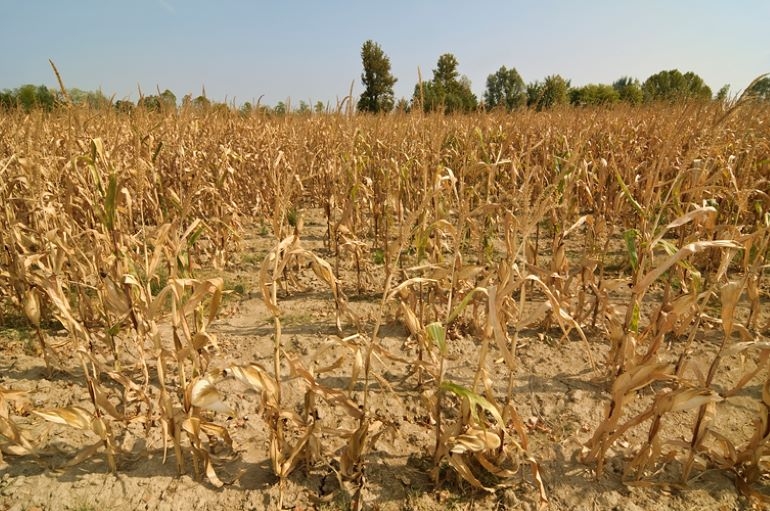Favorable weather in the US and drought in the Black Sea region remain the main drivers of price pressure

Traders' attention is now focused on the weather in the EU, Ukraine and the Russian Federation, where unfavorable weather for the development of late crops (soybeans, sunflowers, corn and sugar beets) remains, supporting prices on European exchanges. At the same time, the "ideal" weather conditions in the USA increase the pressure on quotations on the American stock exchanges.
The U.S. Midwest and Great Plains saw showers and thunderstorms this week that improved crop conditions. Next week, temperatures will rise to 30-31 o C, which, against the background of significant reserves of soil moisture, will facilitate the pouring of grain, and the end of the rains will allow to speed up the harvesting of spring wheat.
The Canadian Prairies will see scattered showers this week and next week, which will improve the condition of canola and spring wheat crops against the background of moderate temperatures.
In Europe, hot weather prevailed this week, unfavorable for the eastern regions, which are suffering from drought. The cyclone brought rain again to Germany, but it may spread eastwards next week. Dry and hot summer weather in Spain, Italy, Romania and Bulgaria significantly reduced yield potential, especially late crops.
In the east of Ukraine and the south-west of the Russian Federation, dry weather persists, which prevents the start of winter rapeseed sowing and negatively affects the sowing of late crops. Even if some rain falls in the region at the end of next week, it will not save the nearly dried up soybean, corn and sunflower crops.
In other regions of Ukraine, the conditions for sowing late crops are much better, but next week's precipitation will occur only in the western regions. At the same time, temperatures will rise to 30-32 o C, which will increase stress for plants and continue to worsen the prospects of the harvest.
Lower temperatures and frosts are expected in southern Brazil and Argentina , which could damage winter wheat crops developed in dry conditions. Brazil's central regions continue to experience hot weather and farmers are waiting for the rainy season in September to start planting soybeans.
In most of Australia, the weather is favorable for winter wheat, barley and canola crops. The other day, there were heavy downpours in the winter crop growing regions, and additional precipitation is expected next week as well, which, against the background of moderate temperatures, will promote plant growth.
July 2024 set new records for global heat and climate disasters, according to Climate Central's analysis of global heat extremes.


